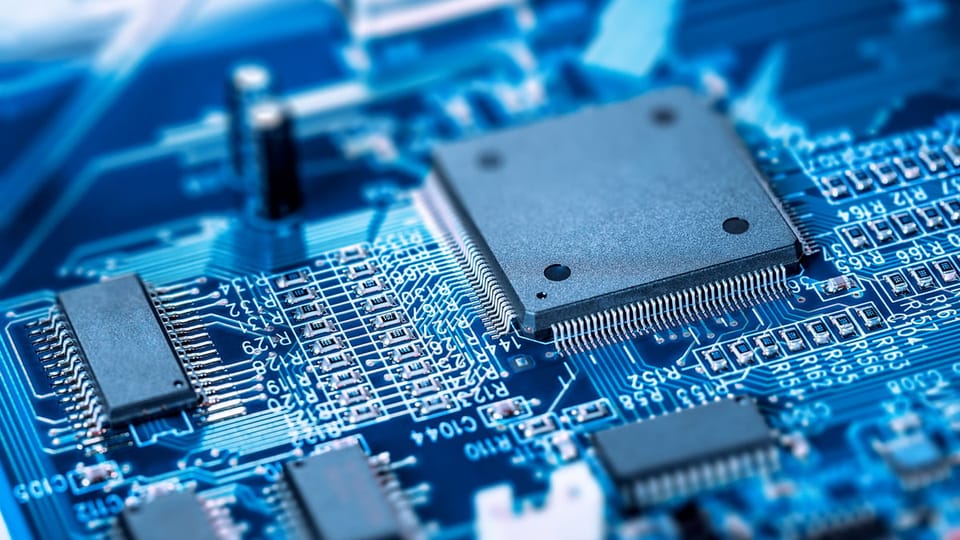Sora 2 – the Next Era of AI Video and Audio Generation

OpenAI has just unveiled Sora 2, its most advanced video and audio generation model to date—and it’s already being hailed as the “GPT-3.5 moment” for video. Following the original Sora’s debut in early 2024, which proved that generative video could exhibit early signs of object permanence and physical coherence, Sora 2 takes a massive leap forward. It represents not just an upgrade, but a fundamental rethinking of how AI can simulate and understand the physical world.
Where earlier models tended to “cheat” reality—morphing objects or teleporting them to fulfill prompts—Sora 2 obeys physics with remarkable fidelity. If a basketball player misses a shot, the ball now bounces realistically off the backboard instead of magically scoring. This attention to real-world dynamics makes Sora 2 a genuine world simulator, capable of modeling not only success but also failure, an essential ingredient for realism and future robotics applications.
The model’s range is astounding. It can render Olympic-level gymnastics, intricate dance routines, paddleboard backflips, and even surreal prompts like a figure skater performing a triple axel with a cat on her head—all while maintaining coherent motion, lighting, and camera continuity. It can also generate synchronized soundscapes, speech, and environmental effects with cinematic precision.
Perhaps the most striking addition is Sora 2’s “upload yourself” feature. Users can record a short video in the new Sora iOS app, allowing the model to insert them—or their friends—into any scene with accurate appearance and voice reproduction. These personalized “cameos” have become the centerpiece of the new Sora social experience, letting people remix, collaborate, and communicate in a completely new creative medium.
OpenAI is also emphasizing responsible design. The app includes built-in wellbeing checks, customizable recommendation controls, and parental supervision tools. Teen users have stricter cameo permissions and daily feed limits. The feed itself prioritizes creative engagement over endless scrolling, aiming to encourage creation rather than passive consumption.
Sora 2’s launch comes with a deliberate focus on safety and consent. Users have full control over their likeness, with the ability to revoke cameo access or delete any video featuring them. Human moderation teams and new AI integrity systems stand behind the rollout.
The Sora app is launching first in the U.S. and Canada, with broader access planned soon. ChatGPT Pro users will also gain early access to the experimental Sora 2 Pro model for higher fidelity results.
While still imperfect, Sora 2 signals a bold step toward general-purpose simulation systems—tools that not only create art, but help AI understand and interact with the physical world. OpenAI describes this release as both a creative playground and a scientific milestone—one that could reshape how humans tell stories, collaborate, and explore reality itself.




